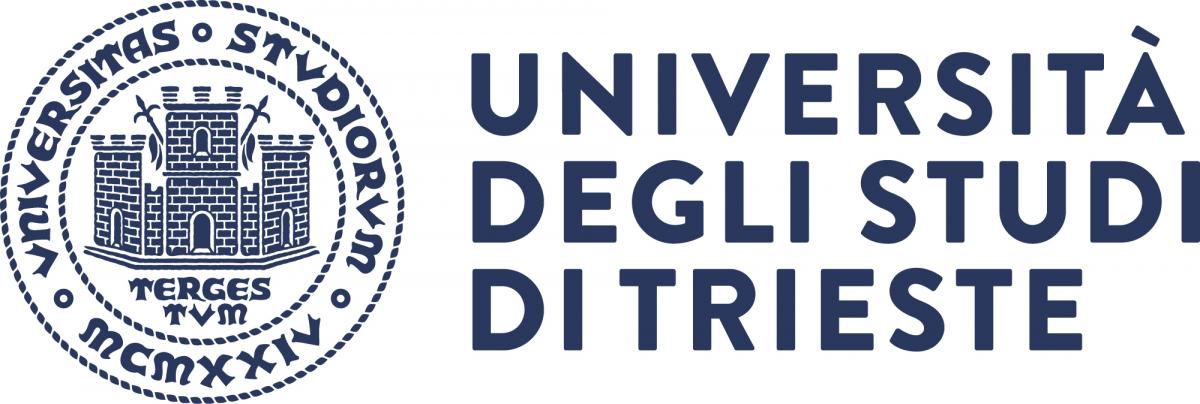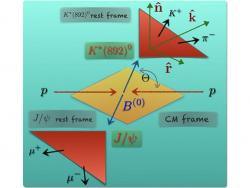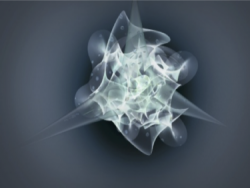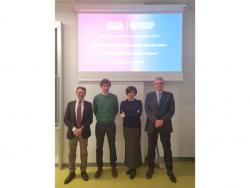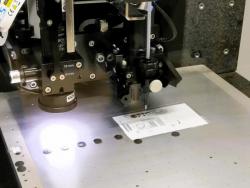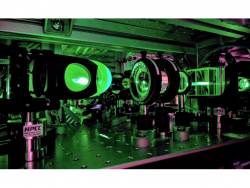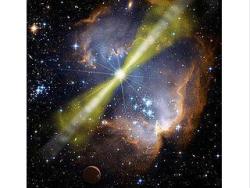- Home
- Department
- Research
- Teaching
- Post Graduate Studies
- Knowledge Transfer
- How To
Ultra-Fast Spectroscopies and Strongly Correlated Materials
Research Strand:
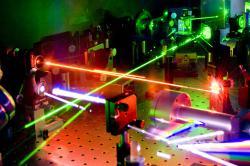 A high electron correlation (electron-electron interaction) can lead to the formation of states characterized by exotic electronic properties such as superconductivity, charge density wave, heavy Fermions, Mott insulators, and more. The experimental activities in our laboratories are devoted to studying these materials. Our approach is twofold. On the one hand, we study the properties of correlated electron systems by means of standard synchrotron-based spectroscopic techniques such as X-ray absorption, dicroism and photoemission (Bach beamline). On the other hand, as part of the Fermi project at Elettra, we develop and employ ultrafast spectroscopic techniques to study correlated electron systems. By means of pump and probe measurements it is possible to take matter far from equilibrium (for a very short time) and study its characteristics as it evolves. The method consists of creating impulsive excitation with an ultrashort light pulse (pump) followed by a second pulse after a controllable time delay (probe) to measure the evolution. From these excitation/relaxation processes we can extract information about the interactions between electrons, phonons and spins which is crucial for an understanding of the physics of highly correlated electron systems.
A high electron correlation (electron-electron interaction) can lead to the formation of states characterized by exotic electronic properties such as superconductivity, charge density wave, heavy Fermions, Mott insulators, and more. The experimental activities in our laboratories are devoted to studying these materials. Our approach is twofold. On the one hand, we study the properties of correlated electron systems by means of standard synchrotron-based spectroscopic techniques such as X-ray absorption, dicroism and photoemission (Bach beamline). On the other hand, as part of the Fermi project at Elettra, we develop and employ ultrafast spectroscopic techniques to study correlated electron systems. By means of pump and probe measurements it is possible to take matter far from equilibrium (for a very short time) and study its characteristics as it evolves. The method consists of creating impulsive excitation with an ultrashort light pulse (pump) followed by a second pulse after a controllable time delay (probe) to measure the evolution. From these excitation/relaxation processes we can extract information about the interactions between electrons, phonons and spins which is crucial for an understanding of the physics of highly correlated electron systems.
Info
Last update: 02-17-2025 - 12:53

